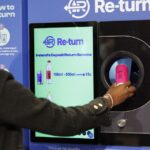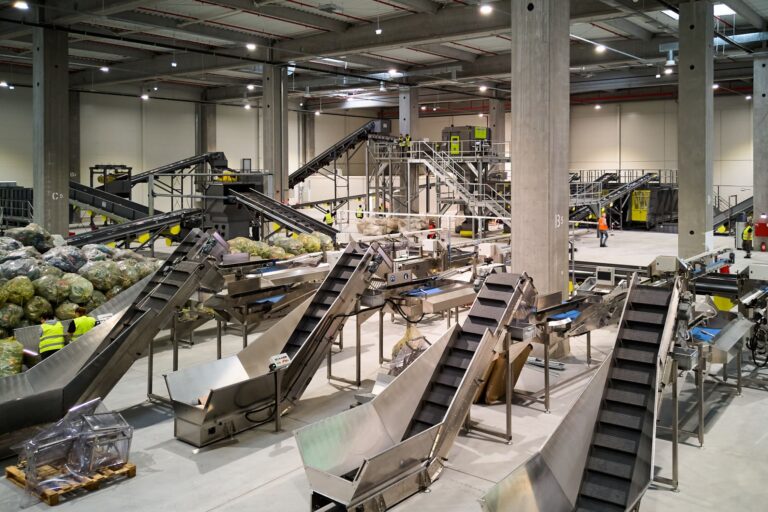School District Optimizes Waste Collection in Ohio

> 12 000
Students
Narrowband IoT
Network
8 cubic yards
Type of dumpsters
9
Pickup locations
Smart school waste management in Ohio, USA
Project and customer description
The customer is a City School District located in Ohio, USA. The School District groups students from an area of 8 towns. This School District commissioned Sensoneo to optimize waste collection and manage their waste bins in 9 locations.
The School District has waste dumpsters in 9 different locations. Dumpsters are for general and mixed waste each with a capacity of 8 cubic yards. Management was looking for cost savings and better quality of service from the haulers. Due to safety and health reasons, hauling must be done before the school starts at 9:00 AM as not to disturb and endanger students and school staff on the school property. Dumpster monitoring must provide time and service verification for external and internal purposes.
Challenge
The District struggled with the complexity of managing multiple waste collection points spread across its campuses. Without reliable data, waste services were often inefficient—pickups could happen too early when dumpsters were still half empty, or too late, leading to overflow and hygiene concerns. At the same time, the District had no transparent way to verify the work of haulers, which made accountability difficult. Balancing cost efficiency, service quality, and operational safety created an ongoing challenge that demanded a smarter, data-driven approach.
Solution
In spring 2018, Sensoneo installed smart waste sensors on all district dumpsters. Running on the Narrowband IoT (NB-IoT) network, these sensors provide real-time monitoring of fill levels, low-power operation, and cost-effective data transfer. Service verification is ensured through a double-check system:
- Data-driven verification, which tracks sudden drops in fill-level data.
- Hardware-driven verification, where built-in accelerometers detect dumpster flips during collection.
All data is displayed in an intuitive dashboard showing fill-levels, GPS locations, container volumes, and predictions of when bins will require service. Sensoneo’s Smart Analytics further enables the district to review collection patterns, route efficiency, and opportunities for improvement.

Impact
By implementing Sensoneo’s smart monitoring solution, the school district gained full control over its waste management services. Service verification ensures consistent quality and accountability from haulers, while real-time data and predictive insights enable precise route planning. As a result, collections are optimized—avoiding unnecessary trips to half-empty dumpsters and preventing costly and disruptive overflows.

Key achievements
- Digitalized monitoring of all school dumpsters.
- Improved safety by ensuring timely collections before school hours.
- Verified and transparent waste collection services.
- Optimized collection routes and reduced unnecessary trips.
- Lower operational costs and prevention of overflowing bins.
Selected success stories
Smart Waste Newsletter
Get monthly updates from our company and the world of waste!























